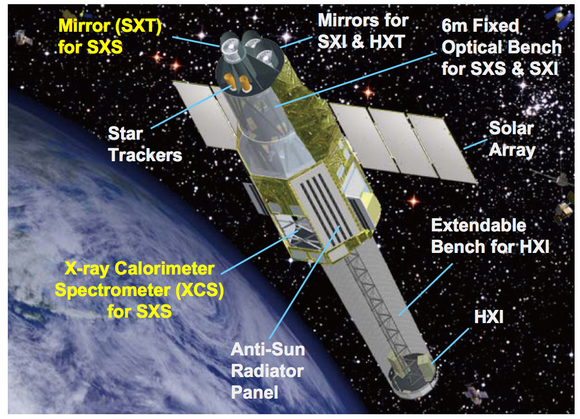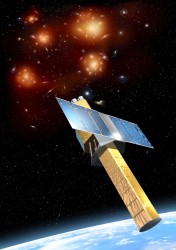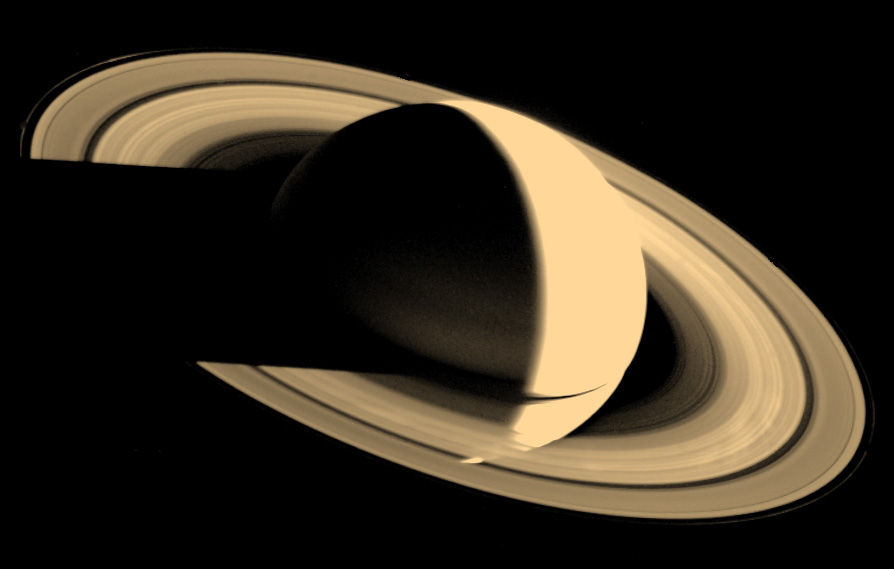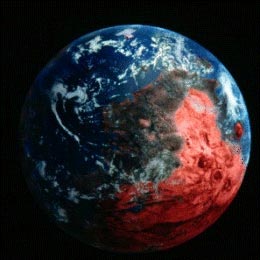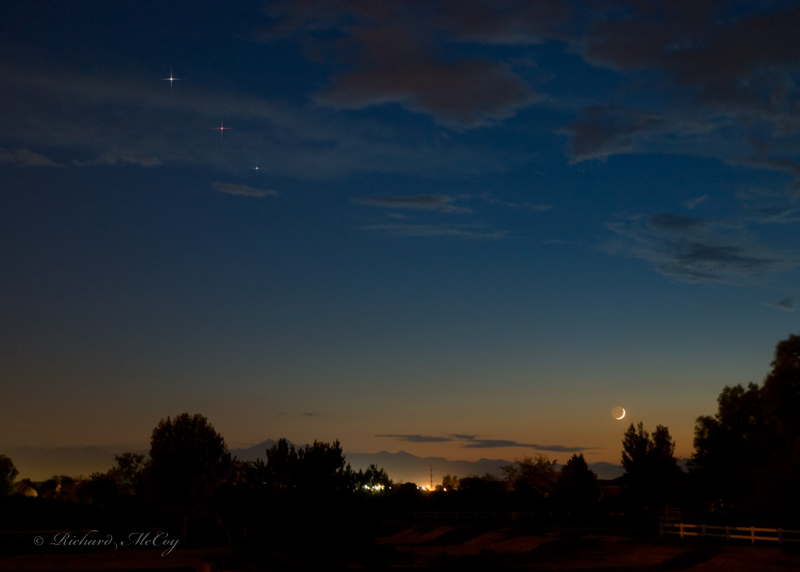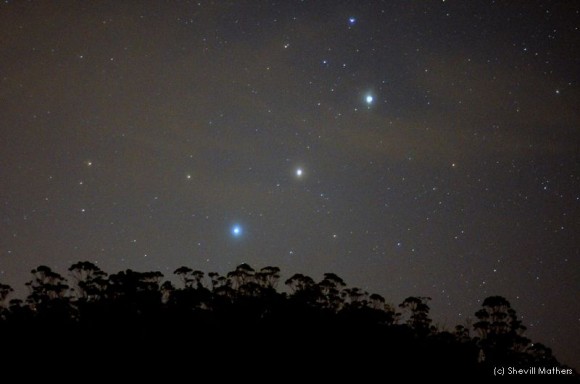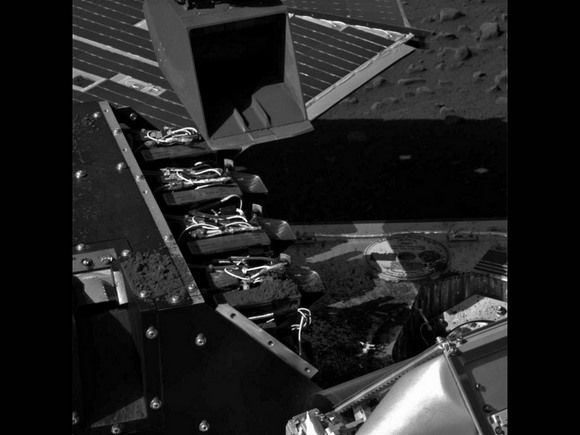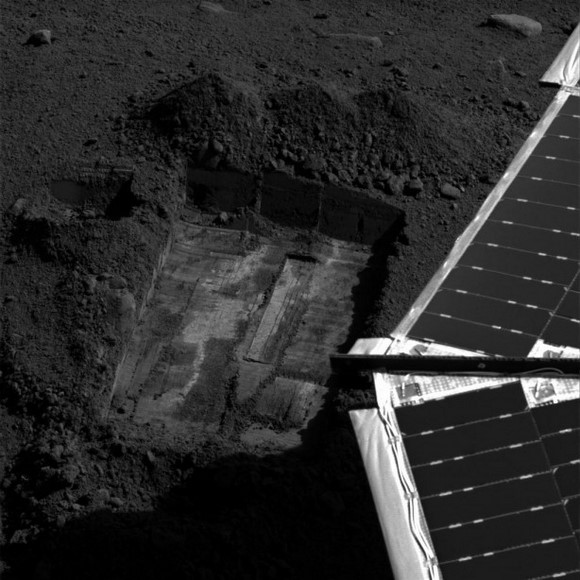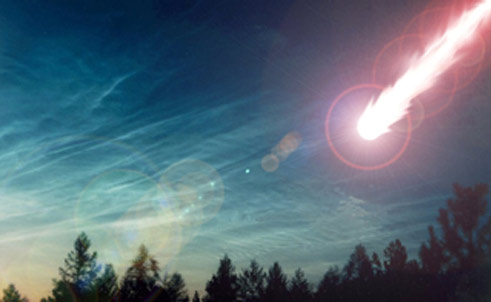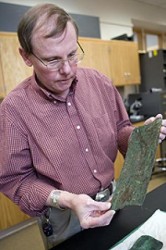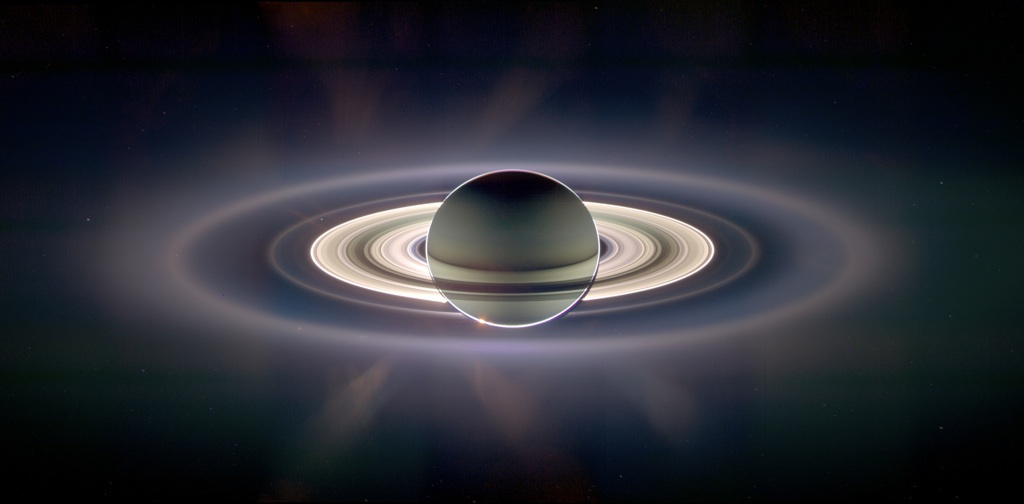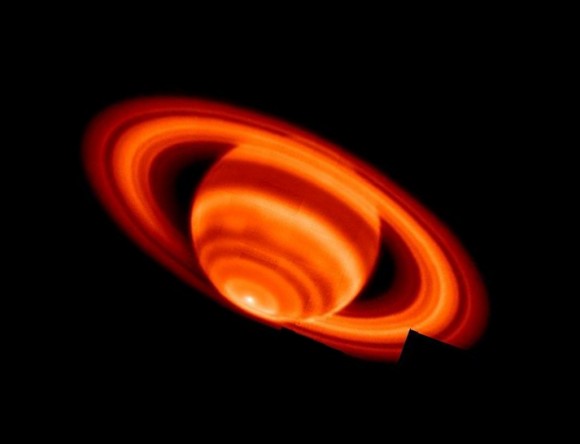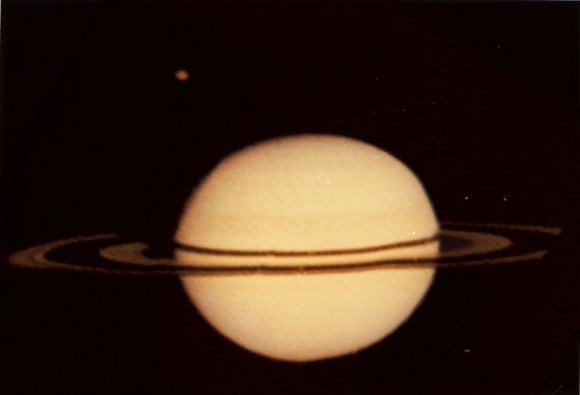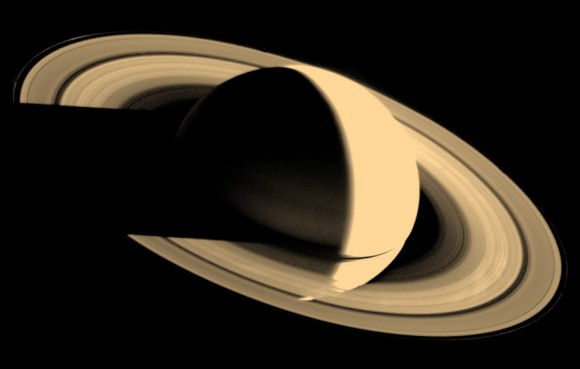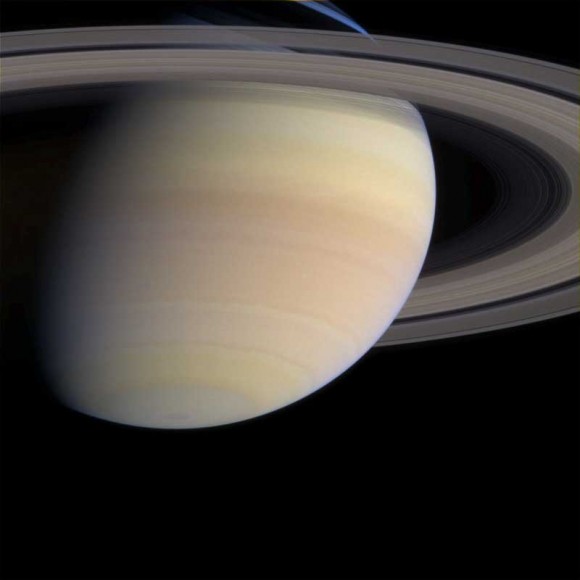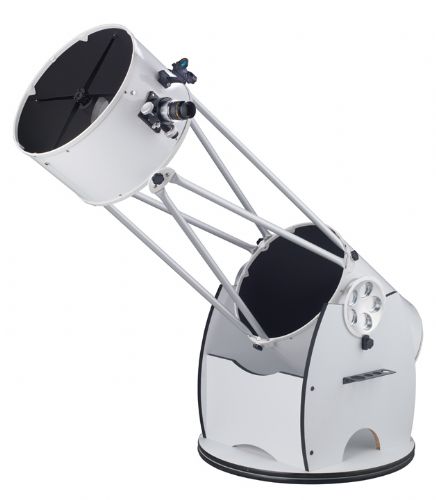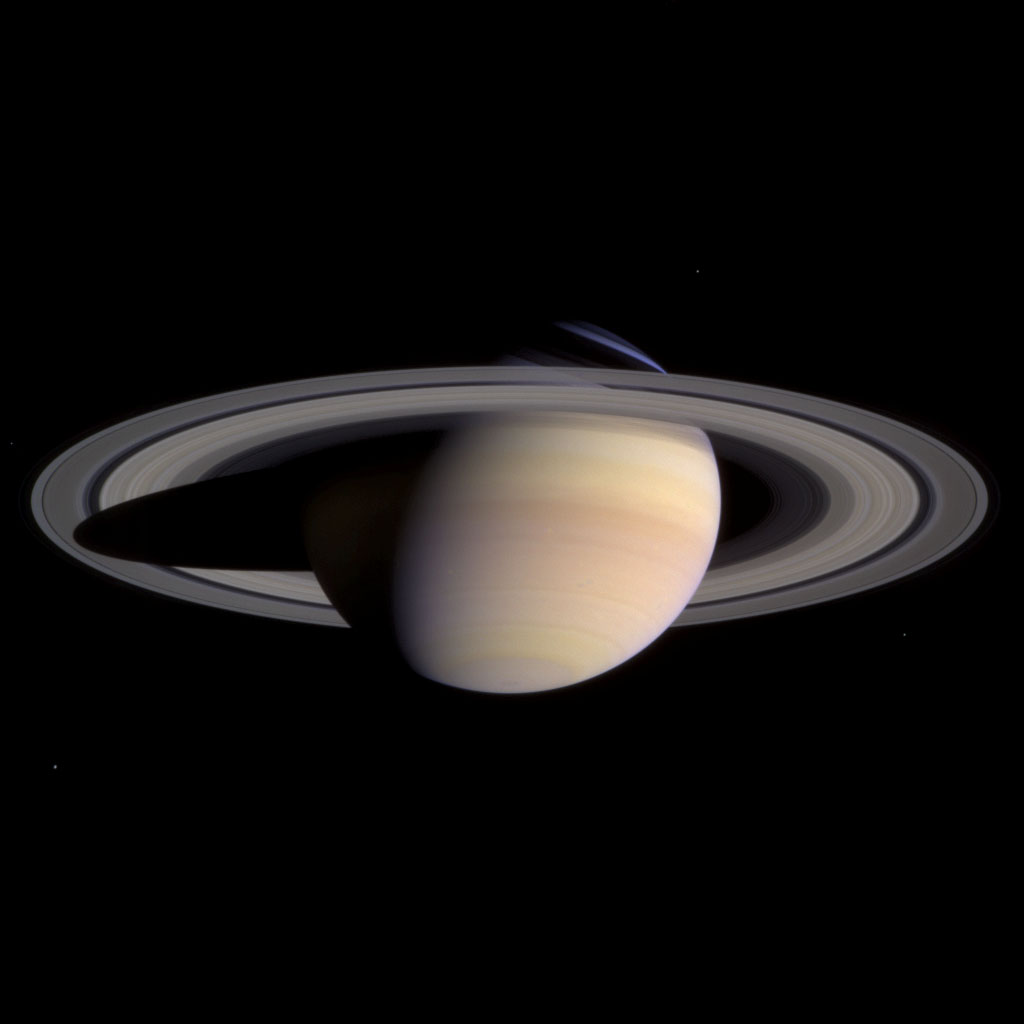At around $2000, this “light bucket” telescope isn’t for everyone, but if you are interested in big, big aperture and have a little practical knowledge of how to correct some design flaws, then step inside and check out the Meade 16″ LightBridge Truss Tube Dobsonian…
Affordable Big Aperture Telescopes
Affordable aperture – that’s the catch phrase for all dobsonian style telescopes. You trade in drive motors, GoTo systems and the slow motion controls of an equatorial mount for the ease and simplicity of the altaz dobsonian design. Once upon a time, these monsters were all solid tube construction, but new lines of thinking have introduced the truss tube over several telescope models and Meade was one of the first to make it affordable. However, $2000 is a significant amount of money… Is what you get for the buck worth it?
Other Truss Tube Dobsonian Telescopes to choose from:
Inside the Design of a Truss Tube Dobsonian…
Make no mistake. It might resemble two other very notable manufacturer’s truss tube telescopes – but it isn’t. There is a reason the Meade 16″ LightBridge costs about half the price of the competitor models. It has a few design flaws. Let’s address these issues:
According to Meade: “It’s a big telescope that goes anywhere. New LightBridge truss-dobs from Meade take down and set up quickly. So you can take one of these massive windows on the universe out to your favorite dark sky locations with ease.” Maybe YOU can, but for most of us, the near 70 lbs. of the primary mirror cell isn’t going to be easy to to wrestle in and out of a car… and even left fully assembled at home, close to 130 lbs. isn’t going to be easy to move in and out. But, let’s be fair here. Part of the beauty of this telescope design is that it can be dismantled with ease. Yes. That part is true. It can be assembled and reassembled. But even most experienced hands will find that the upper optical tube assembly is very unstable with a narrow lip and one set of hands to work with – it requires two people to feel secure. The mounting hardware isn’t the greatest and should be replaced. Once assembled, I think you’ll find yourself reluctant to take it apart again, and therefore a good telescope dolly is required.
The next thing you’re going to find is the interior non-reflective coatings can use some help. Again, for experienced telescope users, this isn’t a problem – just an inconvenience. Now that it’s together, protection becomes an issue… And another expense. Meade no longer makes their own brand shroud and cover for the 16″ LightBridge, so you’re off and looking for after market accessories. Hey. No problem. It’s little things like this that a telescope user knows and expects. Now, let’s take it out and use it!
Using the Meade 16″ LightBridge…
“Steel RA Roller Bearings make movements smooth and effortless.” Yep. They sure do. The Meade 16″ LightBridge moves just as smooth as silk. So smooth, in fact, that the included altitude and azimuth tension adjustment knobs won’t stop it from gently drifting its way down to level when aiming at anything lower than about 30 degrees. Again, we have a slight design flaw – felt roller bearings instead of teflon. Again, it is something that can be corrected, but requires a little knowledge of telescope workings. (And don’t be too shocked when you remove them to find that one is even thicker than the other!) Even with the change, the supplied Meade 26mm QX Wide Angle 2″ Eyepiece will make it slowly drop when aiming low. Correction? You got it. Add weight to the back end.
Final Thoughts on the Meade 16″ LightBridge…
And now that all of these changes have been made, just what do I think about the Meade 16″ LightBridge?
Over the years I’ve come to expect things not to be perfect when ordering a telescope that costs a little less – so I don’t fault Meade. These are all minor issues that will work themselves out with time and tender loving care. What I can tell you is Meade’s boast of “Prepare to cross the universe.” is being modest. Prepare yourself to be blown away! As always, Meade mirrors are single-handedly some of the finest optics I’ve ever had the pride and joy to own. There is no coma. There is no issue. Knife edge test?: More like a razor. The mirror on this telescope is absolutely optically perfect. What’s more, the Meade 16″ LightBridge was sweet and easy to collimate. Aluminum coated with magnesium fluoride over coat on both primary and secondary mirrors have withstood the test of time on my other large Meade dobsonian telescopes, and I expect the same performance from this one. The focuser works like a charm and is welcome upgrade from Meade’s original 2″ focusers. The finder leaves a bit to be desired, but hey… I’m an optical finder kinda’ person. You might like the illuminated bullseye.
All in all? The Meade 16″ LightBridge is a great telescope. Since first light it has collected countless open clusters and resolved double handfuls of globular clusters. It has made its way to the distant galaxies, and shown me spiral arms, dustlanes and stellar cores. It has walked across the central star in the Ring Nebula, blasted the blue right out of the Saturn Nebula, and revealed the braiding in the ring of the Helix. The Meade 16″ LightBridge has shown the Casinni Division of Saturn’s rings as wide as a highway, and Jupiter’s Red Spot and black holes of galiean transits.
What’s more, the Meade 16″ LightBridge is one helluva comet hunter… And that’s what I like about you.


